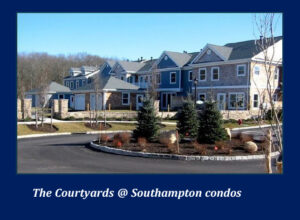Adverse Possession is when a person makes a claim to real property not based on buying it or receiving a deed for it but because they have possessed or occupied the property in a manner adverse to the true owner. The concept, dating back in English history, is that a person can make a claim to property by using it in such a way that the true owner should know of the use and exert its ownership by “ejecting” the possessor. In modern times this is done through an ejectment action in court.
When a non-titled possessor of property can make a claim that she has occupied property in a manner that is hostile to the true owner, open, notorious and under claim of right, a court will find that that possessor has gained title over the property if the possession has occurred for at least ten years.
Historically in New York, evidence of adverse possession included either substantial enclosure of the property in question (like enclosing it with a fence) or usual cultivation and improvement of the property (like building something or growing something). Recent amendments to state law have made it somewhat harder to assert adverse possession. It used to be having lawn on or fence around another person’s property would be sufficient to assert adverse possession. Now, those encroachments are deemed “de minimus” and will not rise to the level of adverse possession.
If you find that a neighbor is occupying your property in anyway or using it without permission, you should consult with your lawyer to determine how to terminate the possession or if the use does not concern you, at least to obtain a statement or affidavit or other document from your neighbor waiving their right to assert an adverse possession claim that might result in you losing title to the property.






